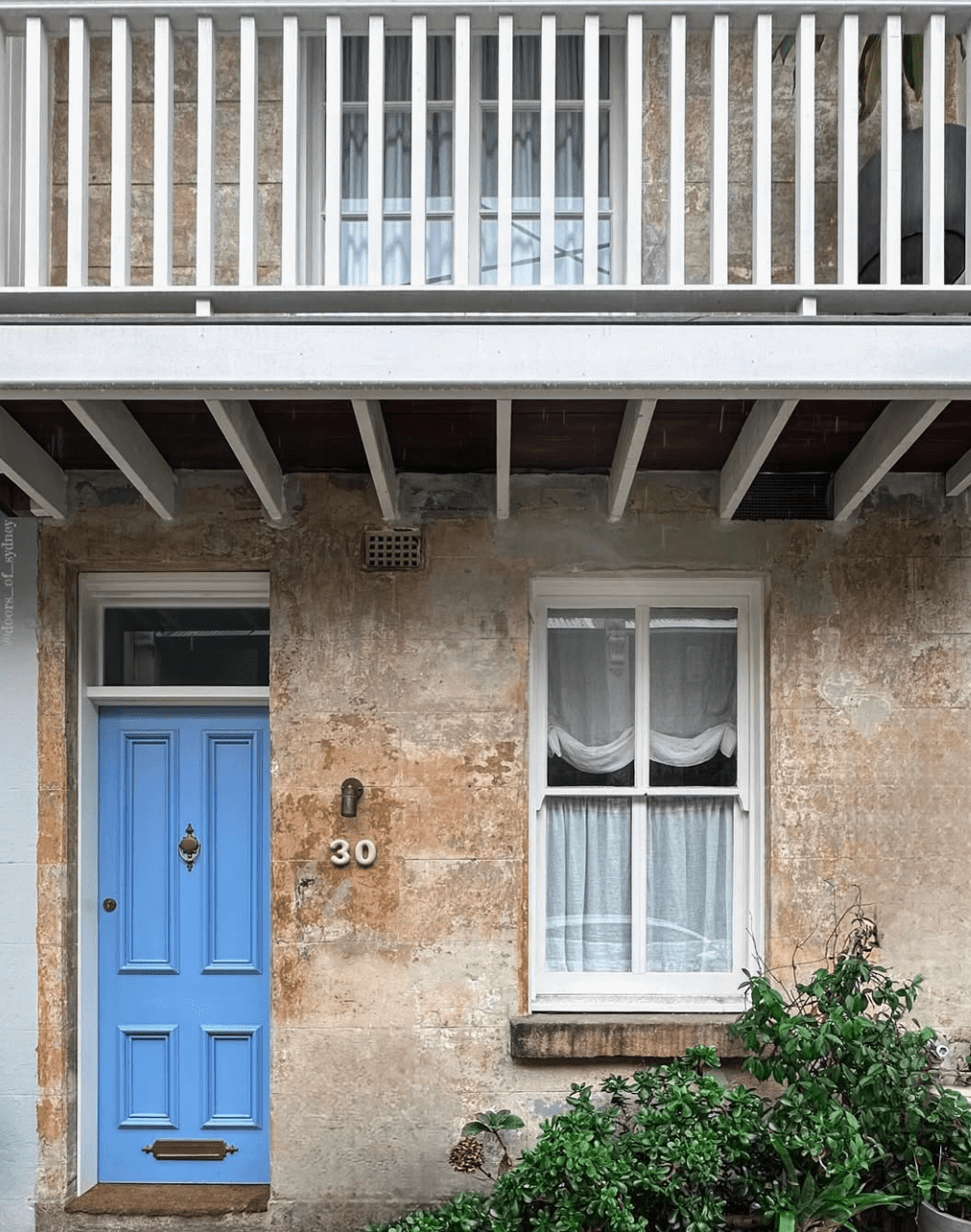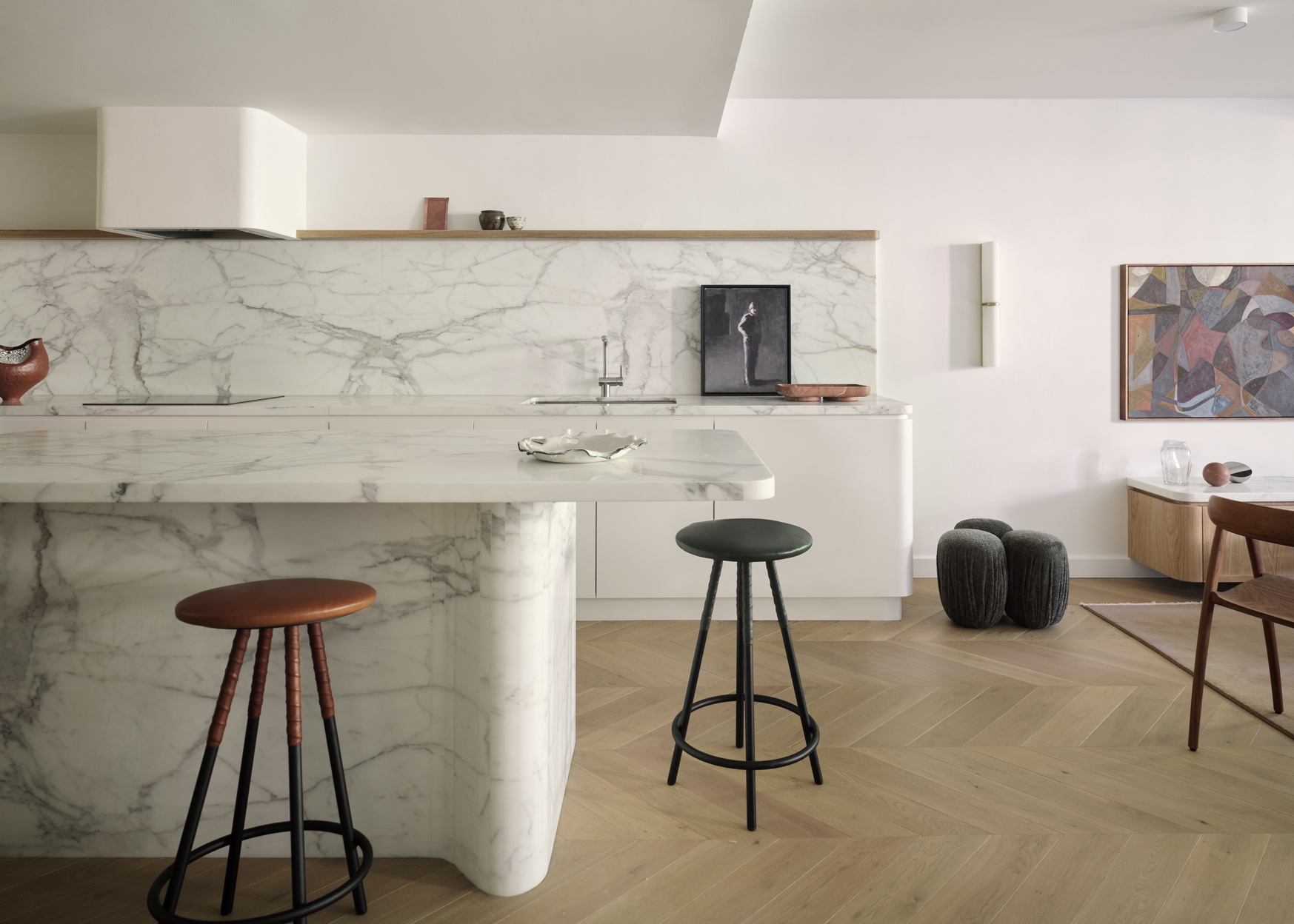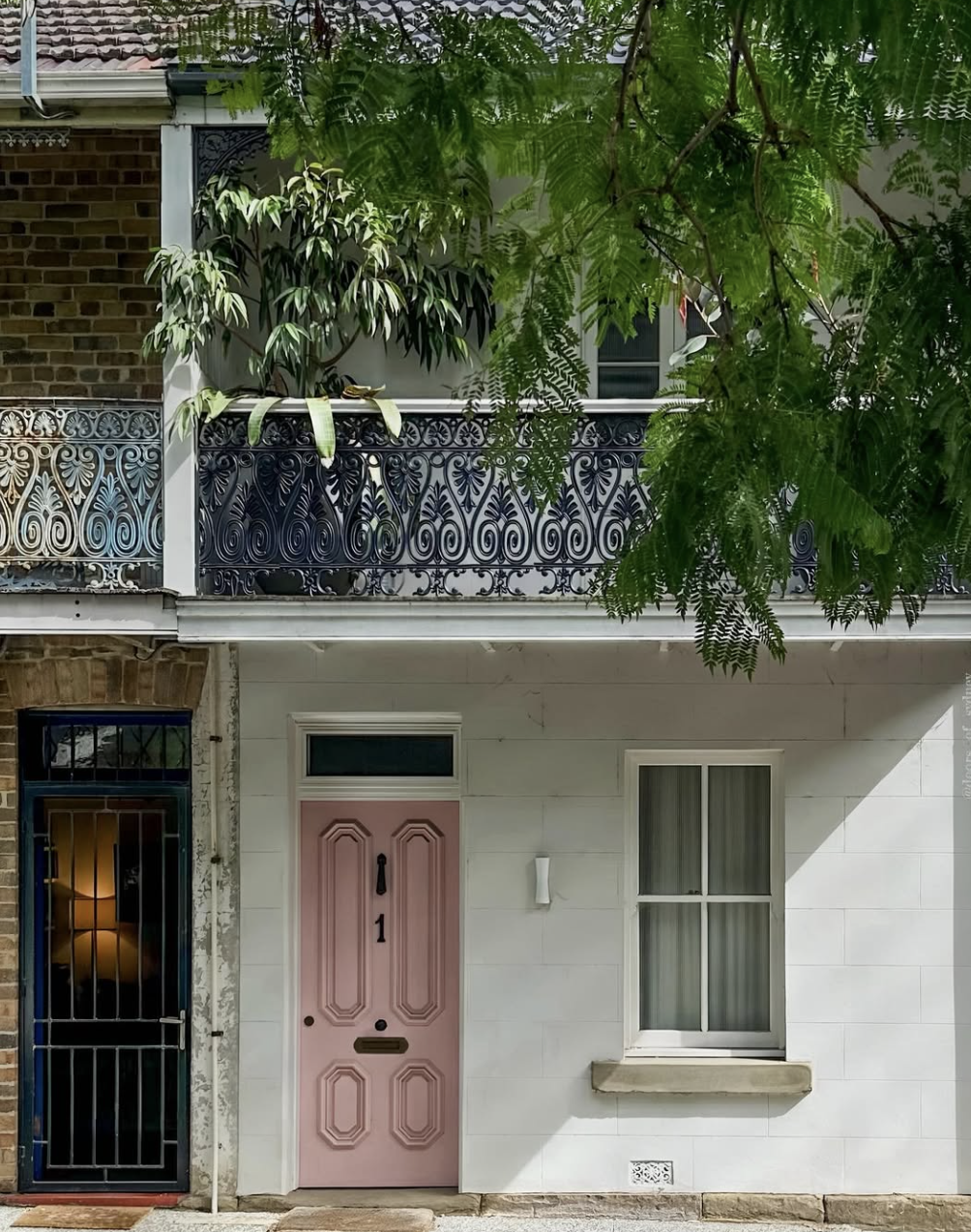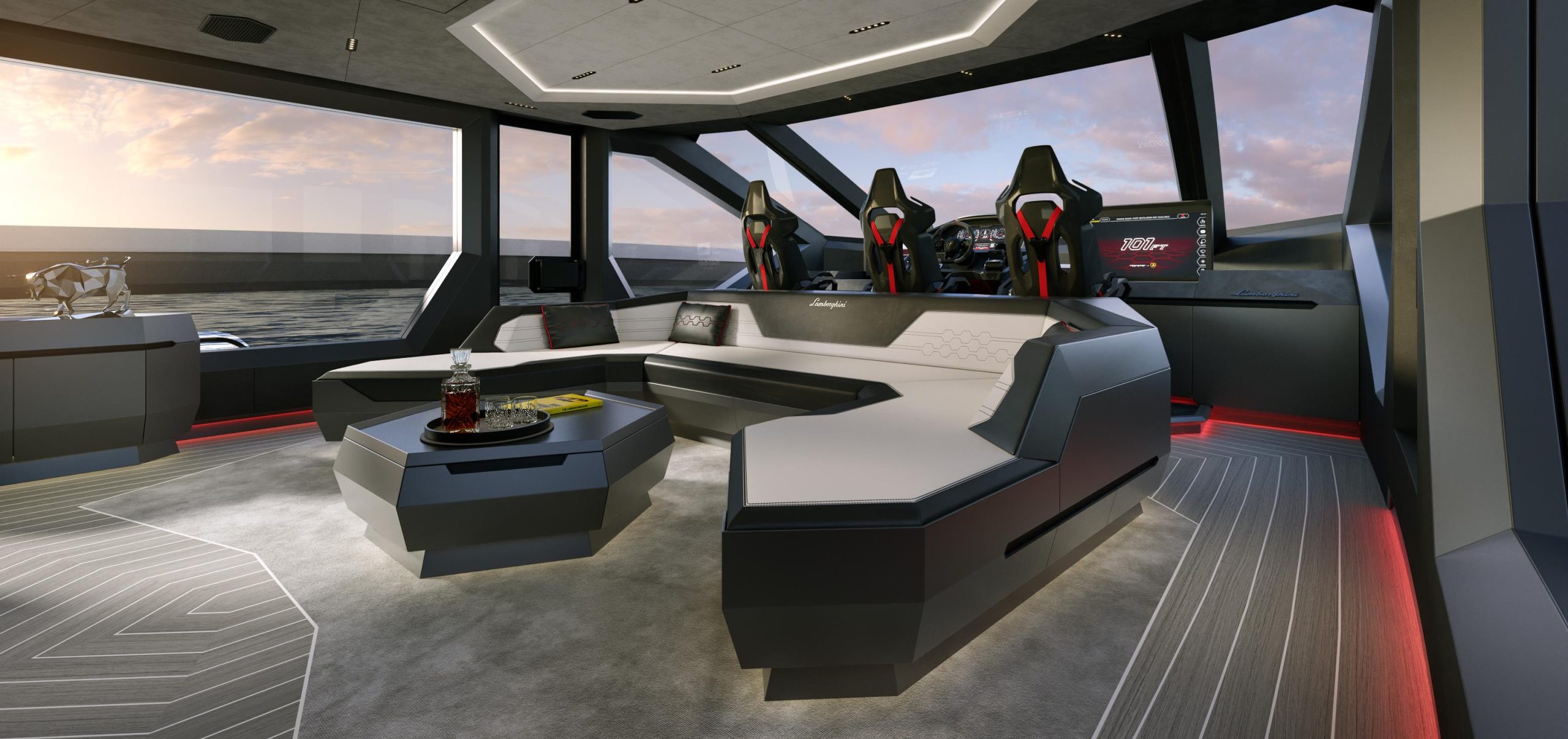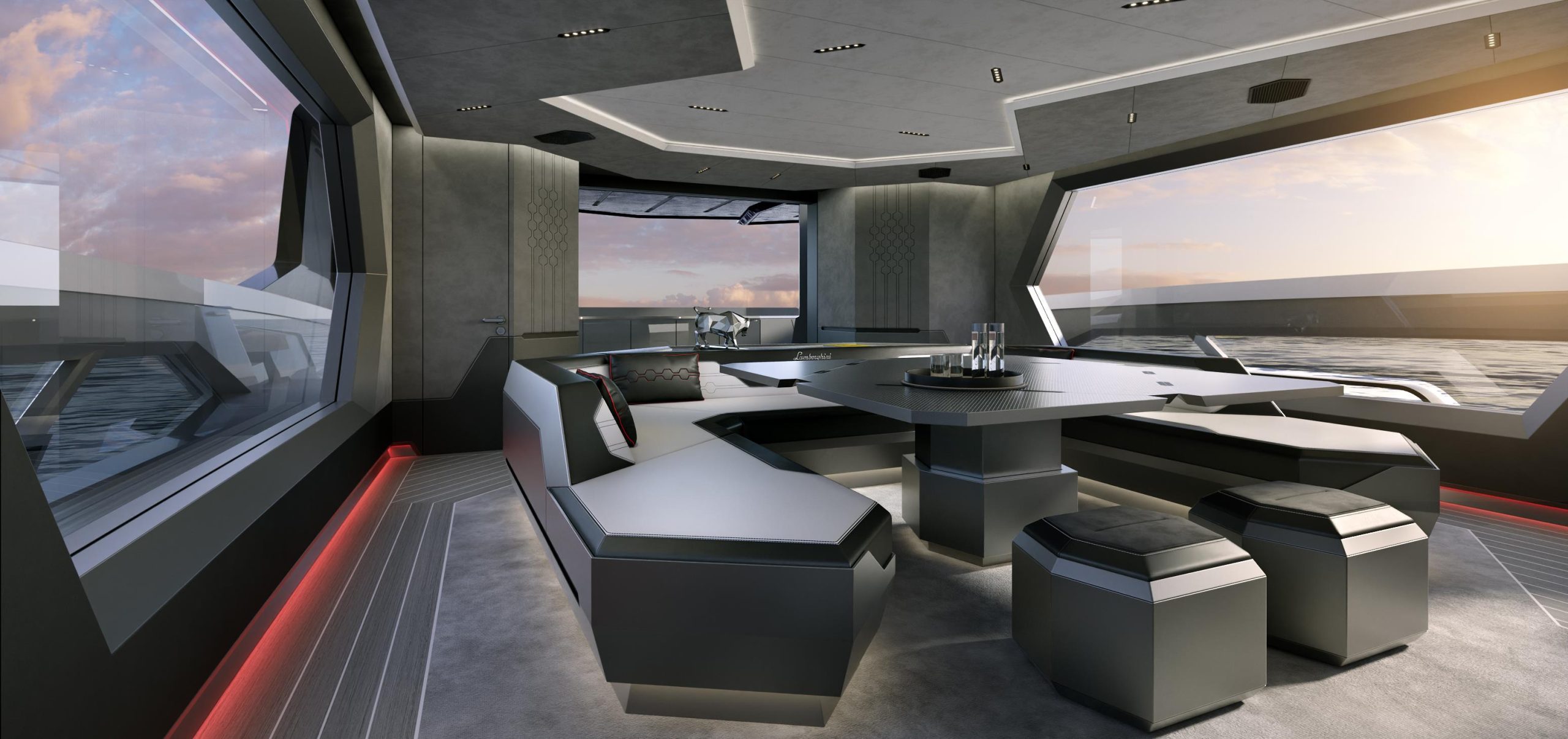Top Architect Reveals the Secrets to Renovating Heritage Terraces
Award-winning architect Georgina Wilson on preserving history while creating homes that work for modern life.
Renovating a heritage-listed terrace is one of the most rewarding yet complex design challenges a homeowner can undertake.
With compact footprints, strict council regulations and the need to balance character with contemporary comfort, these projects demand a thoughtful and confident approach.
Architect Georgina Wilson, known for her award-winning work across some of Australia’s most admired homes, shares her expert insights into transforming these historic properties into highly functional and beautiful modern residences. With years of experience navigating heritage overlays and working within tight constraints, she approaches each terrace project as a carefully considered puzzle.
“Terrace homes are like puzzles. There is a best answer. If you don’t get the floor plan right from the beginning, you can easily end up with a dark, frustrating corridor of a house,” says Wilson.
Her strategy typically involves retaining the original rooms at the front of the terrace and rebuilding the rear. Many terraces include low-quality additions from past decades that can be replaced with a well-designed, two-storey structure.
This creates the opportunity for a large, open-plan kitchen, living, and dining space that connects directly to the rear courtyard, while maintaining the charm and street presence of the original façade.
Wilson warns that homeowners are often surprised by the limitations that come with heritage renovation. Restrictions can cover everything from paint colours and materials to staircases that cannot be altered. Even additions like dormer windows are subject to detailed approvals and strict visual guidelines.
One of the most valuable tools in making a terrace feel light, spacious, and connected is creating a central courtyard. When done well, it can bring natural light and ventilation into the heart of the home.
“The key is to design it properly. I see too many courtyards that become wasted space, with laundries and utilities blocking the light from reaching the living areas,” she says.
For homeowners seeking to enhance both livability and long-term value, Wilson recommends incorporating smart and practical features. These include up to four bedrooms, a bathroom on every level, two living spaces, a proper laundry, storage, off-street parking and a flexible courtyard for alfresco living and dining.
“Heritage renovations can be incredibly rewarding. With the right design approach, you can create a home that is full of character and perfectly suited to modern living,” says Wilson.

Q&A WITH GEORGINA WILSON
What are the most common challenges homeowners face when renovating heritage-listed terraces, and how can they prepare for them?
Terrace houses often have a very compact footprint, so getting it right is absolutely critical. I actually think it’s one of the hardest design challenges you can take on. There is a best answer, and it’s almost mathematical.
If you don’t get it right, the house is incredibly unforgiving. You can easily end up with a long, dark corridor of a home that’s frustrating to live in.
Preparation really starts with good spatial planning and being honest about what the home needs to deliver for everyday life.
How do you balance maintaining the historical integrity of a heritage home while incorporating contemporary elements and modern comforts?
My approach is usually to retain and restore the original front rooms of the terrace so they become a strong example of what a period terrace can be.
The rear of the home, more often than not, is comprised of low-quality add-ons, such as outdated kitchens and bathrooms that were added over time. That presents a great opportunity to rebuild with intention.
I often recommend containing the new build to one clean two-storey box at the rear.
This reduces integration issues and gives you a new structure that works really well.
The key is to make sure the new addition doesn’t feel alien or out of place. It should sit comfortably beside the old. Not cold, not clinical, and definitely not like it landed from outer space.
Are there any surprising heritage restrictions or council regulations that catch renovators off guard?
Absolutely. There are always unexpected restrictions around colour palettes and materials. Sometimes you’re not even allowed to change the original staircase. Dormers can be another tricky one, whether or not you’re permitted to have one and if you are, what it’s allowed to look like.
Heritage renovations are full of these kinds of surprises, so it’s really important to go in with patience and a solid understanding of local planning controls.
What design considerations are key to ensuring heritage terraces feel light, spacious and functional for modern living?
A really strong floor plan is everything. You want to make sure your key living spaces get the maximum amount of natural light and ventilation.
A central courtyard can be an amazing strategy to help with that, but only if it’s done well.
I see a lot of courtyards or lightwells that are completely wasted. They’re surrounded by laundries and utility rooms that block the light and airflow. If you’re going to invest in a courtyard, make sure it actually benefits the parts of the house you live in the most.
In your experience, what renovation choices tend to add the most long-term value to heritage homes in terms of lifestyle and resale?
The most valuable renovations are the ones that support modern family living. That usually means four good bedrooms, bathrooms on every level, a proper laundry and two living zones if you can manage it.
Car parking is always a big one, as is a flexible courtyard space for alfresco dining and entertaining. And don’t forget about storage. These aren’t just wishlist items.
They’re the things that make a house feel great to live in and really boost resale value down the track.
A divide has opened in the tech job market between those with artificial-intelligence skills and everyone else.
A 30-metre masterpiece unveiled in Monaco brings Lamborghini’s supercar drama to the high seas, powered by 7,600 horsepower and unmistakable Italian design.
A 30-metre masterpiece unveiled in Monaco brings Lamborghini’s supercar drama to the high seas, powered by 7,600 horsepower and unmistakable Italian design.
When Lamborghini takes to the water, subtlety isn’t on the agenda. Unveiled at the Monaco Yacht Show, the Tecnomar for Lamborghini 101FT is a 30-metre superyacht that fuses Italian automotive theatre with cutting-edge naval engineering.
The model builds on the collaboration that began in 2020 with the Tecnomar for Lamborghini 63, a sell-out success that celebrated the marque’s founding year.
This new flagship pushes the partnership between Automobili Lamborghini and The Italian Sea Group to a grander scale, designed to deliver the same adrenaline rush at sea that drivers expect behind the wheel.
“The Tecnomar for Lamborghini 101FT redefines the concept of nautical luxury,” said Stephan Winkelmann, Chairman and CEO of Automobili Lamborghini.
“It is not only a yacht, but an affirmation of Italian excellence. The Italian Sea Group and Automobili Lamborghini share an exclusive clientele who are passionate about beauty, technology, and extreme performance.”
Design cues are unmistakably Lamborghini. The yacht’s sharp exterior lines echo the Fenomeno supercar revealed at Monterey Car Week, complete with Giallo Crius launch livery and signature Y-shaped lighting.
Inside, the cockpit and lounges mirror the DNA of Sant’Agata supercars through hexagonal motifs, sculptural seating and dramatic contrasts. With accommodation for up to nine guests and three crew cabins, indulgence meets practicality on every deck.
Performance is equally uncompromising. Three MTU 16V 2000 M96L engines and triple surface propellers generate a combined 7,600 horsepower, driving the yacht to 45 knots at full throttle, with a cruising speed of 35 knots. Two 35 kW generators provide additional efficiency and reliability, ensuring the yacht’s power matches its presence.
Mitja Borkert, Lamborghini’s Design Director, said: “With the Tecnomar for Lamborghini 101FT, we aimed to create a product that embodies the main design characteristics of our super sports cars. All the details, from the exterior to the colour, to the interior areas, recall and are inspired by Lamborghini’s DNA.”
Presented in scale at Monaco, the definitive Tecnomar for Lamborghini 101FT is scheduled to hit the water at the end of 2027. For those who demand their indulgence measured not only in metres but in knots, this is Lamborghini’s most extravagant expression yet.
A 30-metre masterpiece unveiled in Monaco brings Lamborghini’s supercar drama to the high seas, powered by 7,600 horsepower and unmistakable Italian design.
In the remote waters of Indonesia’s Anambas Islands, Bawah Reserve is redefining what it means to blend barefoot luxury with environmental stewardship.









